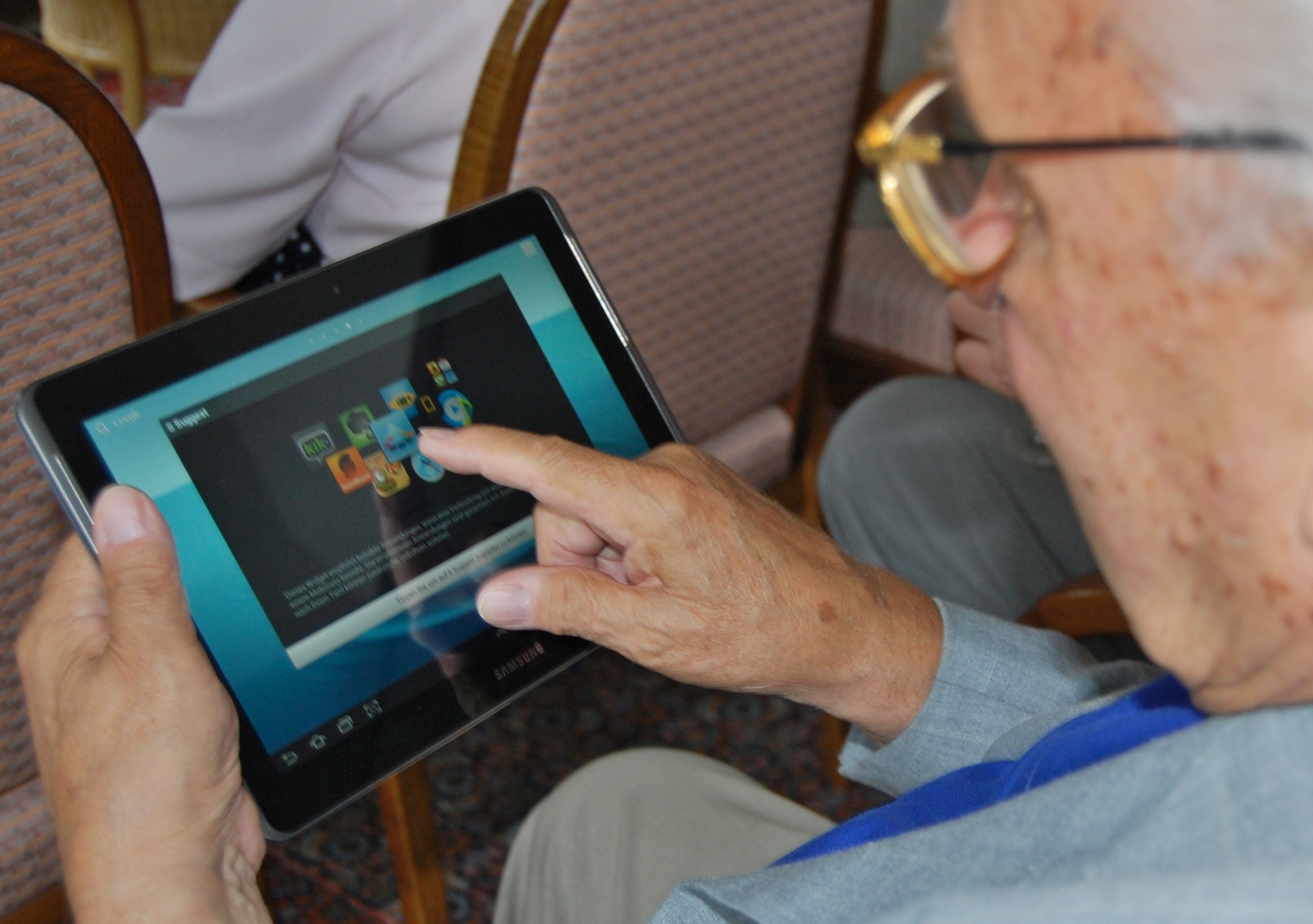Adults aged sixty-five years and older may not have any exposure or skills at acquiring information on the internet. This is something the average individual may forget, since virtually everyone is online for several hours throughout the day. That connectivity for young generations is taken for granted; we are connected all the time to family and friends through social media.
Seniors are late adopters of online technology, but that is starting to change according to recent surveys that indicate 68% of American’s over the age of 65 years are confident browsers and engaged on the IOT. In this article, we’ll take a closer look at the obstacles and opportunities for seniors who wish to use the internet, and how mobile browsing and technology can provide convenience and valuable social connectivity.
Facts About Seniors and the Internet of Things
According to Pew Research Center’s Internet Project, July 18-September 30, 2013 tracking survey, the adoption rate for internet and mobile device use drops off after the age of 75. What the survey discovered is that up to 68% of Americans aged 70 to 74 years use the internet frequently, and are ‘late adopters’, but less than 47% of seniors over the age of 75 years make the leap, and maintain broadband access at home.
Another insight from the survey is that employability and income are determining factors when it comes to the use of internet by senior citizens. The study found that affluent and well-educated seniors were most likely to actively participate online, both in terms of browser research and online communities, including social media networks.
• Seniors with an per annum income of $75,000 USD or more were shown to have a 90% active internet use rate.
• Seniors who earned less than $30,000 per year had a use rate of 39%, with only 25% stating that they had internet access at home.
• 87% of seniors with a college degree continue to go online, after the age of 65 years, while seniors without a college education were reported to have an active use rate of 40%.
Obstacles to Learning Technology and Internet Engagement
For seniors, isolation can become a factor. Imagine that you did not have the benefit of seeing the news on your mobile device or computer, or staying connected with family and friends online. Digital natives have completely embraced the internet as central to the way we work, enjoy recreation and connect to the things we need, and the people we want to talk to.
Unfortunately for seniors, there are many obstacles that can prevent them from adopting new communication technologies (even if they are certain that it will benefit their life).
Physical conditions can make it difficult to use devices, turn them on or off, or type. Mobility issues and other health concerns like arthritis can make typing and browsing the web not only difficult, but painful for seniors. Given limited familiarity with technology, seniors may not be exposed to assistive devices such as “voice to text” and other accessibility tools. This limitation impacts approximately two in every five seniors, according to the Pew Research survey.
Skepticism and fear about using the internet, online payment transactions and other unfamiliar activities that can seem “risky” to someone not familiar with the internet. Seniors do not always have the opportunity to learn about safe practices, but they are informed about the potential for online fraud and identity theft, as senior citizens are frequently targeted.
• Hardware can seem very complex when you are using it for the first time. Whether it is a laptop, a mobile phone or a desktop computer, if there isn’t a family member or friend willing to teach them how to use the hardware (and software) required to access the IOT, learning independently is difficult and frustrating. Less than 18% of seniors over the age of 65 admitted to feeling comfortable learning new hardware or software independently.
• Seniors who are living independently are not the only elderly citizens that can benefit from increased online contact and access. Chicago nursing home neglect lawyers explore cases in assistive care, where seniors can be victimized partially because of a lack of communication between family members and isolation.
• When we help seniors by training them to use the internet, browse safely and confidently, or help them learn to make secure online purchases, we are extending abilities and a degree of social independence that they may have lost years earlier. In fact, the survey also revealed that once confident in both hardware for internet access and software use, 71% of seniors go online every day, and 11% of seniors reported going online 3-5 times per week.
Internet literacy for seniors is an important way that we can increase quality of life, particularly for late adopters aged seventy-years and up. Beyond Facebook and fun games, the IOT offers seniors conveniences (including delivered shopping items), social engagement and active learning that helps them continue to feel emotionally and functionally connected.







